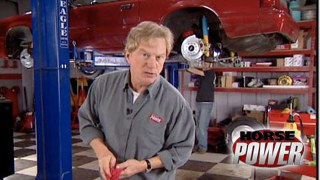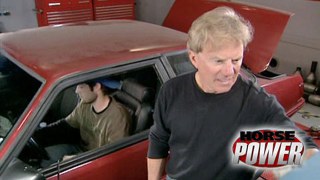More Mustang LX Episodes
HorsePower Builds
Want more content like this?
Join the PowerNation Email NewsletterParts Used In This Episode
Accel
Cap and rotor kit plugs and 8.8 race wires.
Auto Meter
Oil pressure, fuel pressure, brake bias pressures, water temp gauges.
B&M Racing
B&M racing Composite X Pro Bandit Shifter
BBK Performance
70mm throttle body and EGR spacer.
BBK Performance
BBK equal length shorty header 1-5/8".
BBK Performance
BBK X-PIPE WITH CATS 2.5".
C&L Performance
Mass air flow housing with 19LB sampling tube and cast aluminum elbow.
Crane Cams
Hi-6 ignition box lightweight coil and 8.5mm wires.
Crane Cams
Street/ race Distributor adjustable for vacuum advance or mechanical.
Edelbrock
Edelbrock AVS and Performer series carbs in Endurashine finish.
Flowmaster
American Thunder catback 2.5" with delta flow mufflers.
Griffin
Aluminum racing radiator.
K&N
K&n filter for stock air box.
Kirkey
Aluminum Race seat with all supports.
KSE
Tandem power steering and fuel pump that operates off of 1 shaft.
March Performance
3-piece aluminum pulley set-up underdrive.
Speedway Motors
Driveshaft for Chevy powerplant.
Speedway Motors
Nomex honeycomb protector.
Summit Racing
Chrysler Hemi serpentine set.
































